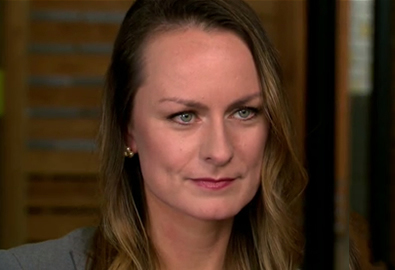A good team makes all the difference when the pressure is on. That is especially true for your crisis communications committee (CCC). Formed in advance, your CCC will lead the charge when an incident occurs. To ensure the best outcome, strategically build your committee with positions and personalities that will aid your response when the time comes.
Consider these elements when forming your CCC:
Communications First
As the name implies, a crisis communications committee is, first and foremost, a communications committee. In some organizations, crisis messaging is created by a committee rather than experienced communication professional. The result tends to be disjointed, overly technical or legal or fails to address the questions media are bound to ask. Structure your committee with your communications team at the helm, allowing other members to lend their expertise when needed.
Approval Authority
Timing is everything. When in a crisis, waiting on layers of approval will slow down your response and harm your reputation. Your CCC team members should have final approval on all actions and messages in a crisis. Who needs to be on your committee for decisions to be made? This means your legal counsel, leadership team members, and finance for most organizations.
Holistic Viewpoints
For a quick, effective response, it is essential to have all groups within your organization represented on your committee. Consider the departments that are essential to your organizational function. For most, this includes human resources, operations and security. Bringing the heads of these departments to the table will save you time as you implement your response.
Finally, don’t shy away from outside help. When we’re immersed in the controversy, it can be difficult to gain perspective; bringing in an outside communications organization takes the pressure off your team and can improve your strategy and sharpen your response.


